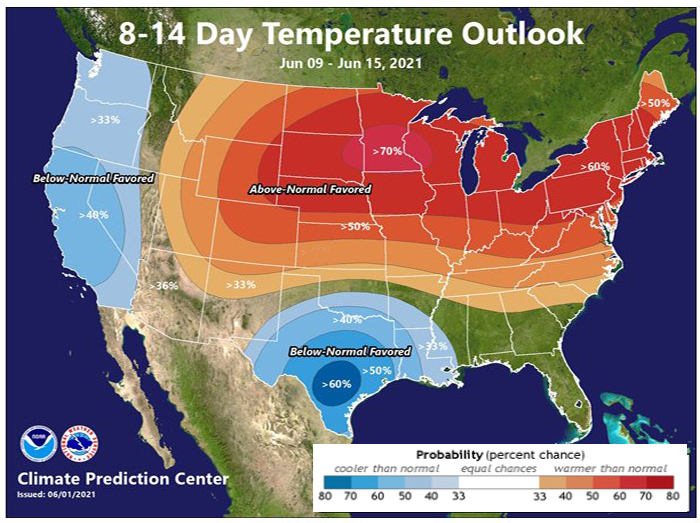Hot weather can be dangerous, particularly if the humidity is high as well.
Much of the Upper Midwest had temperatures near or above 90 degrees over the weekend, except along the shorelines of the Great Lakes. Several locations set record high daily temperatures — in Madison, Saturday’s high of 92 degrees tied the record for the day set in 1934.
So it’s a good time to consider the dangers of hot weather, as extreme heat kills more people in the U.S. than any other type of weather event. According to the National Weather Service, an average of 130 people die in the U.S. from heat exposure each year.
Perspiring is how a body cools down. Sweating, by itself, does not cool the body. It is the evaporation of sweat that cools the body.
At the same pressure and temperature, water evaporates more slowly in air that has a high relative humidity and more quickly in air that has a low relative humidity. This means that in high humidity, your body will cool at a slower rate, possibly creating a dangerous situation.
When the weather turns warm, it’s great to be active outside. But when it gets really hot and humid, be careful. As our muscles contract during exercise, our body produces heat; the harder you exercise, the greater the amount of heat your body needs to dissipate.
Exercising in high temperatures can cause heat cramps, heat exhaustion and potentially heat stroke. So, on hot days be sure to drink enough water or juices before, during and after exercise. Fluids help your body to perspire, which cools the skin via evaporation and keeps your body temperatures at a safe level.
Steve Ackerman and Jonathan Martin, professors in the UW-Madison Department of Atmospheric and Oceanic sciences, are guests on WHA radio (970 AM) at 11:45 a.m. the last Monday of each month and featured weekly in the Wisconsin State Journal.


